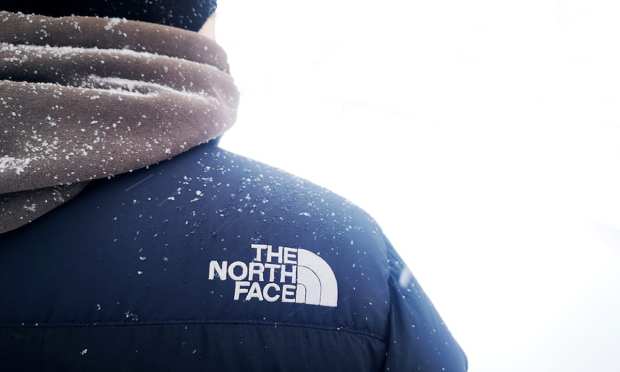VFC’s North Face Leverages Loyalty and Streetwear to Reach Sales Summit

At a time when global apparel retailers are getting slammed by COVID-linked challenges from China, the cross-category appeal of outdoor gear-maker North Face has managed to traverse that chasm en route to its best year ever.
While sales at parent company VF Corporation, as well as its three major sister brands (Vans, Timberland and Dickies) all saw 10 to 25 percent declines in the Asia Pacific region for the three months ended April 2, North Face delivered 24% APAC regional revenue growth for the quarter, alongside the brand’s 33% global gains for the just completed full year.
The defiance and peak performance by this one brand prompted analysts to ponder, how is this even possible?
“We think that one of the reasons we’re doing so well at the moment is that we’ve always had legitimacy in terms of athletes and expeditions, but we’ve also crossed-over into streetwear probably more than any other outdoor brand,” retiring North Face Global Brand President Steve Murray said on the call.
“There really aren’t that many outdoor companies that can straddle between outdoor-inspired and true top-of-the-mountain performance,” he added, noting the importance of what the brand internally calls the “on-mountain” and “off-mountain” categories.
Although Murray will be replaced by 16-year Nike executive Nicole Otto next month, the 30-year apparel and footwear industry veteran said the brand’s current results were set in motion years ago, long before things like COVID, inflation and supply chain bottlenecks were even on the map, but have also been helped by external tailwinds including the general buoyancy of the outdoor sports category that has been rising for years.
Building the Brand
North Face was acquired by VFC, the Denver-based apparel conglomerate, 22 years ago and has been steady and growing stalwart ever since. However, Murray pointed to three specific pillars implemented before the pandemic that are driving the current success.
Those include an elevated focus on product and proprietary technology, an integrated marketplace strategy, which has enabled North Face to develop specific product and marketing programs for specific consumers and distribution channels, and lastly, enhanced consumer engagement, or what Murray described as knowing our consumers better and ensuring we show up where and how the brand’s most loyal followers expect us to.
“Consumer engagement remains a key focus, with The North Face loyalty program growing to over 13 million members globally and representing nearly half of our D2C revenue,” VFC chair and CEO Steve Rendle said on the call, assuring investors that a pipeline of new products, a strong order book and healthy inventory levels have positioned the company for “continued strong growth ahead.”
In fact, Rendle said through the increased use of consumer data and analytics, VFC has been able to better understand its consumers and their particular needs via things like standardized engagement, social interaction and the ability to quickly spot and adapt to changes in consumer behavior.
“The North Face’s fast-growing loyalty program, Explore Pass, is a good example of how we’re using enhanced data capabilities to drive stronger engagement,” Rendle said, “as its members have a 60% greater purchase frequency relative to non-loyalty members and spend more across every region.”
Although Vans is still a larger brand, at over $4.4 billion in sales last year versus North Face’s $3.2 billion, the trendy sneaker company with skateboarding roots is on a different trek at the moment, that VFC is looking to correct.
“While we are confident in the health of the Vans brand, we are not satisfied with current performance,” Rendle said, pointing to the recent re-appointment of the brand’s former president to jump start the rebound.
